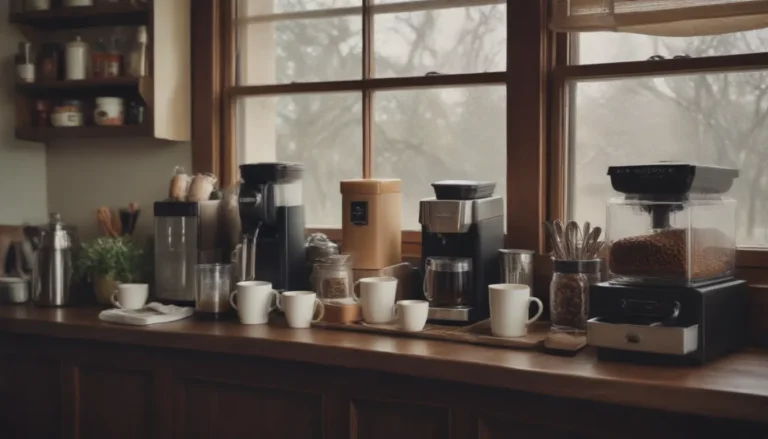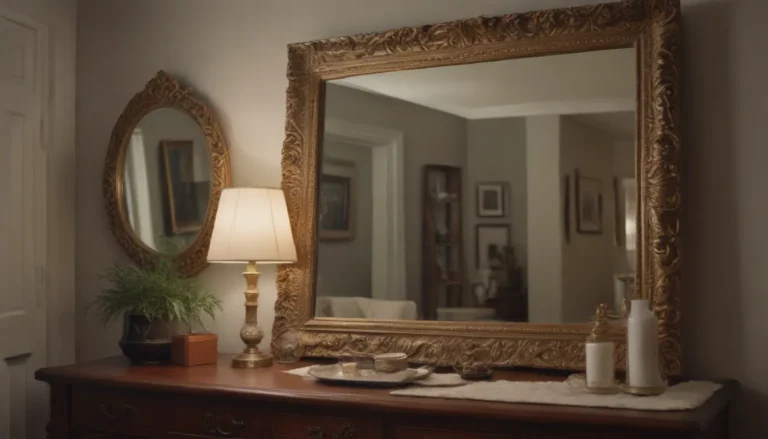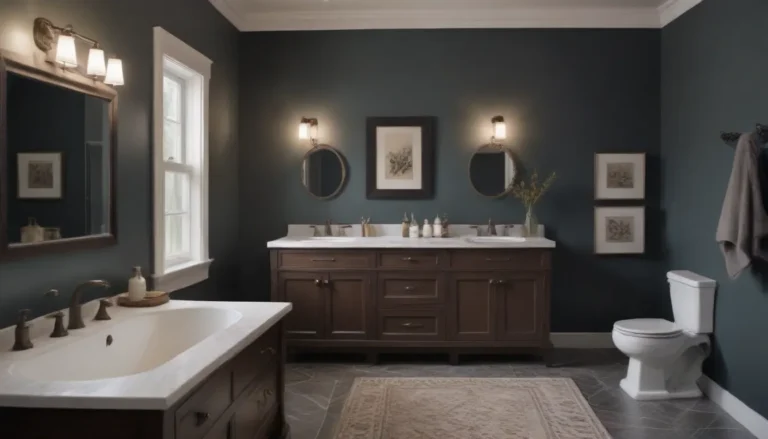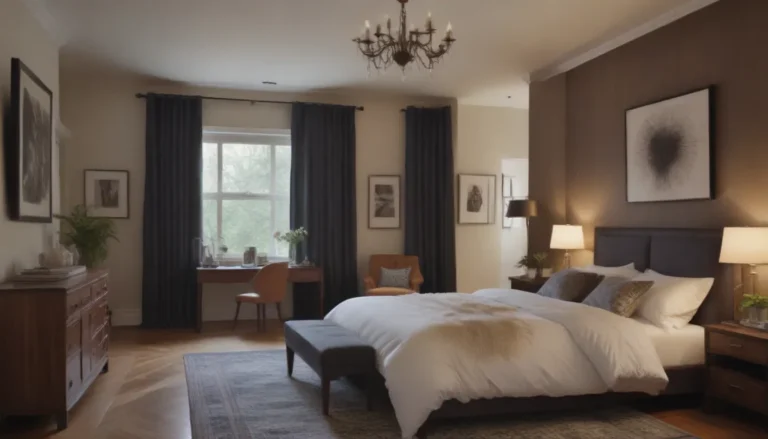Exploring 1930s and 1940s Kitchen Design: A Blast from the Past

Introduction
The 1930s and 1940s were transformative decades, marked by the turmoil of war and the hope for brighter days ahead. This era brought a unique blend of sentimentality and optimism that influenced many aspects of society, including interior design. In particular, the kitchens of the 1930s and 1940s reflected a mix of traditional charm and modern innovation. By delving into the key features of kitchen design from this time period, we can uncover valuable insights that can be incorporated into our own modern-day kitchens.
Linoleum Flooring: A Timeless Choice
Linoleum emerged as a popular flooring choice during the 1930s and 1940s, known for its durability and vibrant design options. From checkerboard patterns to intricate cutout detailing, linoleum added a distinctive touch to kitchen interiors. The advantages of linoleum flooring, including its natural composition and easy maintenance, make it a timeless option for those seeking a vintage feel in their kitchens.
- Advantages of linoleum flooring:
- Natural material
- Easy to install and maintain
- Requires periodic resealing for longevity
Enameled Appliances: Icons of the Era
No 1930s or 1940s kitchen would be complete without the presence of enameled appliances. Stoves, in particular, stood out as iconic pieces, often adorned in classic white or bold colors like red, blue, and green. Today, modern enameled appliances offer a retro appearance paired with advanced technology, allowing homeowners to evoke the nostalgic charm of yesteryears in their own kitchens.
- Tips for incorporating enameled appliances:
- Choose brightly colored refrigerators for a vintage style statement
- Consider smaller enameled appliances like toasters and kettles
- DIY update with appliance enamel paint for a retro-inspired look
Fusion of Old and New Elements
As technology advanced post-World War II, the 1940s saw a fusion of old and new design elements in kitchens. Nostalgic items from the past coexisted with modern advancements like electric stoves and tea kettles. Embracing this blend of old and new allows us to infuse our kitchens with a harmonious mix of retro charm and functional efficiency.
Embracing Vibrant Color Palettes
The vibrant, cheerful color palettes of the 1930s and 1940s added a sense of joy and optimism to kitchen spaces. Two-tone schemes featuring colors like cherry red, pink, deep blues, and bright yellows were prevalent, creating a visually striking environment. By selecting a cohesive color palette and repeating it throughout the room, homeowners can recreate the lively ambiance of this bygone era in their own kitchens.
- Tips for choosing color palettes:
- Opt for two or three colors that complement each other
- Repeat colors in different patterns for a cohesive look
- Avoid overcrowding the space with too many colors
Popular Patterns: A Nod to the Past
Alongside vibrant colors, 1930s and 1940s kitchens also featured popular design patterns that reflected the spirit of the times. Checkered prints, gingham, polka dots, and whimsical motifs like fruits and vegetables adorned various elements of kitchen decor, adding to the overall charm and nostalgia. Incorporating vintage patterns in window treatments, flooring, and accessories can instantly transport your kitchen to a bygone era.
- Ways to integrate popular patterns:
- Window treatments
- Flooring and rugs
- Artwork and decor items
Furniture: Simple and Practical
Kitchen furniture in the 1930s and 1940s embraced a simple and practical aesthetic, with table and chair sets serving as the centerpiece of family gatherings. Banquettes, upholstered benches with a padded backrest, offered a cozy and space-efficient seating option that remains popular to this day. By incorporating elements of retro furniture into modern kitchen design, homeowners can capture the nostalgic charm of the past while enjoying contemporary conveniences.
Conclusion
The kitchens of the 1930s and 1940s were more than just functional spaces—they were reflections of the cultural ethos of their time. By exploring the design elements that defined this era, from linoleum flooring to enameled appliances and vibrant color palettes, we can infuse our kitchens with a touch of vintage charm and timeless appeal. Whether you’re embarking on a full-scale renovation or adding retro details to your existing kitchen, embracing the design aesthetic of the past can breathe new life into your space. Let the spirit of the 1930s and 1940s inspire you as you embark on your kitchen design journey!
Remember, the key to creating a successful 1930s-1940s-inspired kitchen is to blend the right elements in a cohesive and harmonious way. By incorporating vintage patterns, bright colors, practical furniture, and iconic enameled appliances, you can bring a touch of nostalgia and retro charm to your modern kitchen space. Let the design trends of the past guide you as you create a kitchen that pays homage to the vibrant spirit of the 1930s and 1940s. Happy designing!





